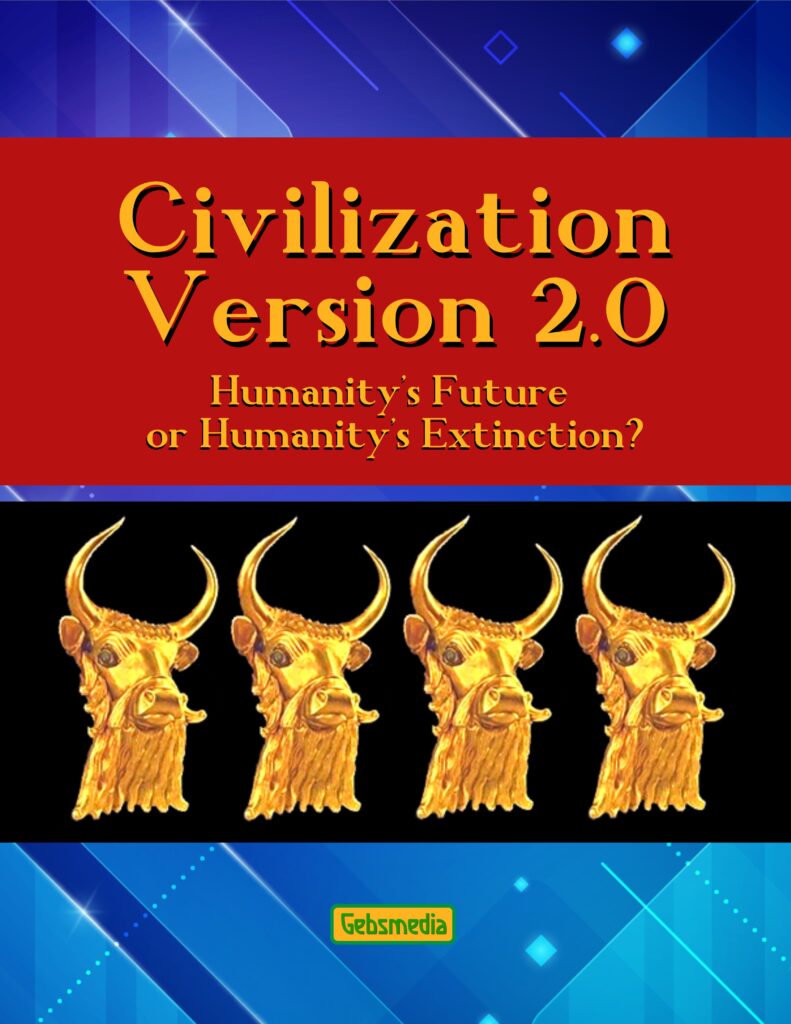Growing Men’s Rights Movement in India
As guys struggle worldwide to defend themselves from the Predatory Gynocentrism Social Force, one of the strategies is for men to work together to fight for men’s rights which is a Male Social Technology strategy. According to the first video below, there is a growing men’s rights movement in India. A cursory look at the legitimate concerns of men in India point to the “usual suspects” of male political, financial, and societal repression that we can see evidence of worldwide. One of the bastions of anti-male oppression worldwide and in India is the gynocentric control of the social structure of the family by government force. Of course, the governmental control of the social structure of the family is overwhelmingly pro-female, and in country after country, governments routinely turn a blind eye to the human rights of men within the social structure of the family.
Turning a blind eye to the emotional and physical suffering of men is another one of the “usual suspects” of male oppression. On a global scale, the fact that men have been slaughtered in wars since the beginning of time while women stayed safely at home is always ignored. Women are almost never expected to take the moral responsibilty to sacrifice their lives alongside the men in direct combat. For example, during the Vietnam War in the last century, even though the average American woman was physically larger (more muscle mass, weight, etc.) than the average Vietnamese Male Soldier, only American men were forced to be sent to die on the only-guys-die battlefields of the Vietnam War. A blind eye was turned to the suffering of the over 50,000 men who were killed and the countless thousands who were physically and emotionally wounded in the Vietnam War.
In the history of India, one of the deadliest battles was the Third Battle of Panipat. The only-guys-die Third Battle of Panipat took place on January 14, 1761 at Panipat, about 60 miles north of Delhi, between a northern expeditionary force of the Maratha Empire and invading forces of the King of Afghanistan, Ahmad Shah Abdali, supported by two Indian allies—the Rohilla Najib-ud-daulah Afghans of the Doab, and Shuja-ud-Daula, the Nawab of Awadh. It is believed that between 60,000 to 70,000 guys were killed in the only-guys-die Third Battle of Panipat. About 40,000 Maratha male prisoners were slaughtered in cold blood the day after the battle. Again, women didn’t take the moral responsibilty of sacrificing their lives alongside the men at the Third Battle of Panipat.
If we were to look at the complete list of the “usual suspects” of male oppression and suffering around the world and down through history, we would find that they are always the same because they arise from the same global pathological ideology called Predatory Gynocentrism Ideology (PGI). The full understanding and recognition that freedom from the PGI-driven Predatory Gynocentrism Social Force will be the beginning of real male freedom from dying in wars, male freedom from anti-male control of the social structure of the family, and the opening of a new road to male happiness for men.






